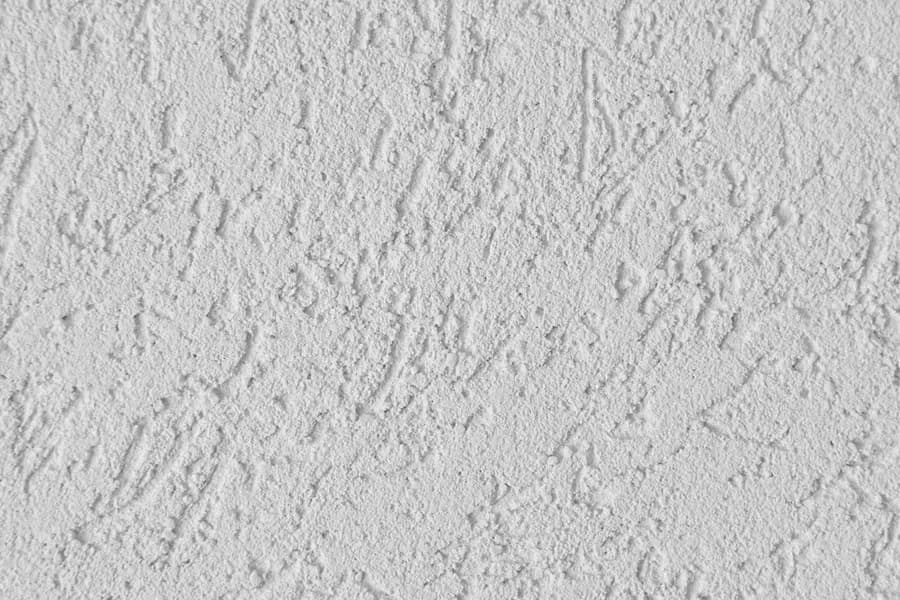Stucco Colors & Finishes
Explore unlimited color possibilities and texture options to create your perfect exterior aesthetic.
Schedule Color Consultation: (646) 889-4529Express Your Style with Color
One of stucco's greatest advantages is its unlimited color and texture possibilities. Unlike pre-finished siding that limits you to manufacturer colors, stucco can be custom-colored to match any vision—from classic earth tones to bold contemporary hues.
Color can be integral (mixed throughout the finish coat) or applied as a topcoat. Integral color is preferred because scratches or chips won't reveal a different color underneath, and the color penetrates the material for long-lasting beauty.
At REVMA, we help you navigate color selection with physical samples, digital visualizations, and expert guidance based on your home's architecture, neighborhood character, and personal preferences.

Popular Stucco Color Palettes
Warm Neutrals
Timeless beiges, creams, and soft tans that complement any architectural style. These versatile colors work beautifully in all settings.
Perfect for: Traditional, Mediterranean, Spanish Colonial
Classic Whites
Crisp whites and off-whites create clean, sophisticated exteriors. Variations range from pure white to warm ivory tones.
Perfect for: Modern, Contemporary, Coastal
Earthy Terracottas
Warm oranges, burnt siennas, and clay tones evoke Mediterranean warmth. These rich colors create distinctive character.
Perfect for: Tuscan, Spanish, Southwest
Modern Grays
Contemporary cool grays from light silver to deep charcoal. Sleek, sophisticated colors for modern architecture.
Perfect for: Modern, Industrial, Minimalist
Desert Sands
Sandy beiges and desert tones that harmonize with natural landscapes. Subtle variations create depth and interest.
Perfect for: Southwest, Desert Contemporary
Soft Pastels
Gentle pinks, peaches, and buttery yellows add warmth without overwhelming. Romantic and inviting color choices.
Perfect for: Victorian, Cottage, Mediterranean
Popular Stucco Finish Textures
Smooth Finish
Sleek, flat surface with minimal texture. Creates a contemporary, sophisticated look perfect for modern architecture. Requires skilled application for perfectly even surface.
Best for: Modern, minimalist, contemporary homes
Maintenance: Shows imperfections easily; easier to clean
Sand/Float Finish
Fine to medium granular texture created by troweling over sand aggregates. The most popular finish—classic appearance with good hide for minor imperfections.
Best for: Traditional, Mediterranean, Spanish styles
Maintenance: Hides wear well; moderate cleaning
Cat Face/Dash Finish
Irregular patches of smooth areas among textured surfaces, resembling a cat's face pattern. Creates rustic, Old World character with significant visual interest.
Best for: Tuscan, rustic, historic reproductions
Maintenance: Excellent hide; texture catches dirt
Spanish Lace
Heavily textured finish with deep, irregular patterns created by troweling, splattering, or hand-working the surface. Dramatic shadows and authentic Spanish character.
Best for: Spanish Colonial, hacienda-style homes
Maintenance: Hides everything; requires pressure washing
Santa Barbara Finish
Smooth finish with slightly rounded edges and corners, creating a soft, hand-crafted look. Elegant and refined variation of smooth finish.
Best for: High-end traditional, California Spanish
Maintenance: Similar to smooth; sophisticated appearance
Worm/Swirl Finish
Circular or random swirl patterns created during application. Adds movement and visual interest to large wall surfaces. Can be subtle or pronounced.
Best for: Contemporary, artistic applications
Maintenance: Good hide; visually interesting
Tips for Choosing Stucco Colors
Consider Your Climate
Lighter colors reflect heat and stay cooler in hot climates. Darker colors absorb warmth, beneficial in cooler regions but may fade faster in intense sun.
Match Your Architecture
Mediterranean homes suit warm earth tones. Modern architecture looks stunning in grays and whites. Spanish styles shine with terracottas and ochres.
View Large Samples
Small color chips look different than large areas. Request sample boards (at least 2'x2') and view them on your home's exterior in different lighting conditions.
Coordinate with Trim
Your stucco color should complement roof, windows, doors, and landscape. Bring photos and samples of existing elements when selecting stucco color.
Check HOA Requirements
Some neighborhoods restrict exterior colors. Review guidelines and get approval before finalizing your choice to avoid costly changes.
Think Long-Term
Trendy colors may date quickly. Classic, timeless colors maintain appeal and resale value. Neutral palettes offer flexibility for future updates.
Color Application Methods
Integral Color
Pigment is mixed throughout the entire finish coat. Most durable option—scratches and chips don't show different colors.
Pros: Long-lasting, no repainting needed, color throughout
Cons: Limited to lighter shades for even mixing
Acrylic Coating
Elastomeric paint applied over cured stucco. Offers unlimited colors and excellent UV resistance. Breathable formula.
Pros: Any color possible, fills hairline cracks, refreshable
Cons: Requires recoating every 5-10 years
Color-Coat Finish
Thin acrylic finish coat with color built in. Common with EIFS/synthetic stucco. Combines color and protection.
Pros: Excellent color selection, crack-resistant, durable
Cons: Specific to EIFS systems
Frequently Asked Questions
Yes! Both traditional and synthetic stucco offer virtually unlimited color options. Colors can be mixed into the finish coat (integral color) or applied as a stain or paint. Integral color is preferred as it won't show scratches or chips as a different color.
Earth tones remain most popular: warm beiges, tans, terracotta, soft whites, and light grays. These colors complement most architectural styles, resist fading, and maintain curb appeal. Regional preferences vary—Mediterranean areas favor warmer tones while modern homes often use cooler grays.
Darker colors can show fading more noticeably than lighter shades, especially with traditional stucco. Modern acrylic finishes (EIFS) include UV-resistant pigments that resist fading better. Proper pigment selection and quality materials minimize fading regardless of color choice.
Yes. Stucco can be painted or stained to change color, though integral color that's mixed throughout is preferred for new installations. Painting requires repainting every 5-10 years, while integral color lasts the life of the stucco.
This depends on your architectural style and personal preference. Smooth finishes suit modern homes, while textured finishes like sand, dash, or cat face complement traditional and Mediterranean styles. Your contractor can show samples and help you choose.
Ready to Choose Your Perfect Color?
Schedule a free color consultation. We'll bring samples, show you options, and help you visualize your home's transformation.
Call Now: (646) 889-4529